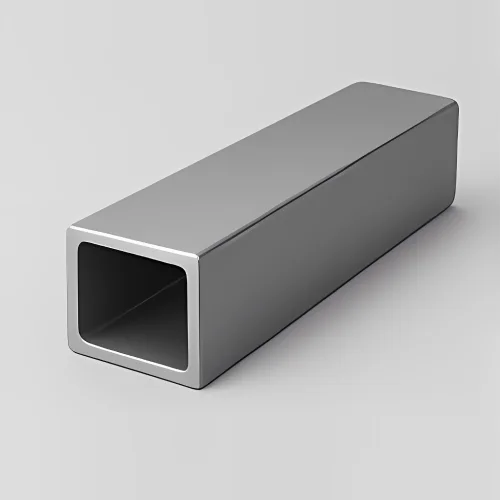
304 Stainless Steel Rectangular Tube
Keywords: 304,
Standard: ASTM, AISI, DIN, EN, GB, JIS
Technique: Hot Rolled/Cold Rolled/Galvnized
Processing Service: Welding, Punching, Cutting
Available Size Range: Click here
Volume: 0
Get A Quote
Keywords: 304,
Standard: ASTM, AISI, DIN, EN, GB, JIS
Technique: Hot Rolled/Cold Rolled/Galvnized
Processing Service: Welding, Punching, Cutting
Available Size Range: Click here
Volume: 0
Get A Quote| Region | Standard | Grade |
|---|---|---|
| USA | ASTM A554 | UNS S30400 |
| Europe | EN 1.4301 | X5CrNi18-10 |
| Japan | JIS SUS304 | - |
| China | GB 06Cr19Ni10 | - |
| Cr | Ni | C | Mn | Si | P | S | Fe |
|---|---|---|---|---|---|---|---|
| 18–20% | 8–10.5% | ≤0.08% | ≤2.0% | ≤0.75% | ≤0.045% | ≤0.03% | Balance |
Corrosion Resistance:
Withstands urban pollution, freshwater, and mild chemicals (PREN: 18–20).
Passivated surface resists oxidation in humid or coastal-adjacent areas (non-submersion).
Structural Integrity:
High strength-to-weight ratio supports dynamic loads in frameworks and trusses.
Aesthetic Flexibility:
Available in mill finish, brushed (No. 4), mirror-polished (No. 8), or powder-coated surfaces.
Sustainability:
70% recycled content with ISO 14021 certification for eco-conscious projects.
| Condition | Tensile Strength | Yield Strength | Elongation | Hardness (HV) |
|---|---|---|---|---|
| Annealed | 515–720 MPa | 205 MPa (min) | 40% (min) | 210 |
| Cold-Formed | 800–1.100 MPa | 550 MPa (min) | 10% (min) | 300 |
Architecture: Balustrades, curtain wall mullions, rooftop pergolas.
Transportation: Bus/train interior frames, EV battery enclosures, cargo rack systems.
Furniture: Modular shelving, ergonomic desk frames, retail display units.
Industrial: Conveyor supports, machinery guards, food processing equipment.
Renewable Energy: Solar panel mounting frames, wind turbine access platforms.
Cutting: Use abrasive wheels or laser cutting to prevent edge hardening.
Welding: ER308/ER308L filler with argon shielding ensures crack-free joints.
Bending: Minimum bend radius = 1.5x tube width (annealed) or 3x width (cold-formed).
Maintenance: Clean with pH-neutral detergents; avoid chloride-based solutions.
Frequently Asked Questions
Q1: How does 304 differ from 304L rectangular tubes?
A1: 304 has slightly higher carbon (≤0.08% vs. 304L’s ≤0.03%), making it stronger but less weldable for thick sections. Choose 304L for heavy welding.
Q2: Is 304 suitable for coastal applications?
A2: Yes for above-splash zones. For saltwater submersion, upgrade to 316L (2–3% Mo).
Q3: What are standard size ranges?
A3: Common dimensions: 10x20mm to 150x300mm; wall thickness: 0.8mm–6.0mm. Custom sizes available.
Q4: Can it be used for food contact surfaces?
A4: Yes with electropolished finishes (FDA 21 CFR 175.300 compliant).
Q5: How to prevent distortion during welding?
A5: Use tack welds at 150mm intervals and clamp securely. Limit heat input to ≤1.5 kJ/mm.
Products
Phone